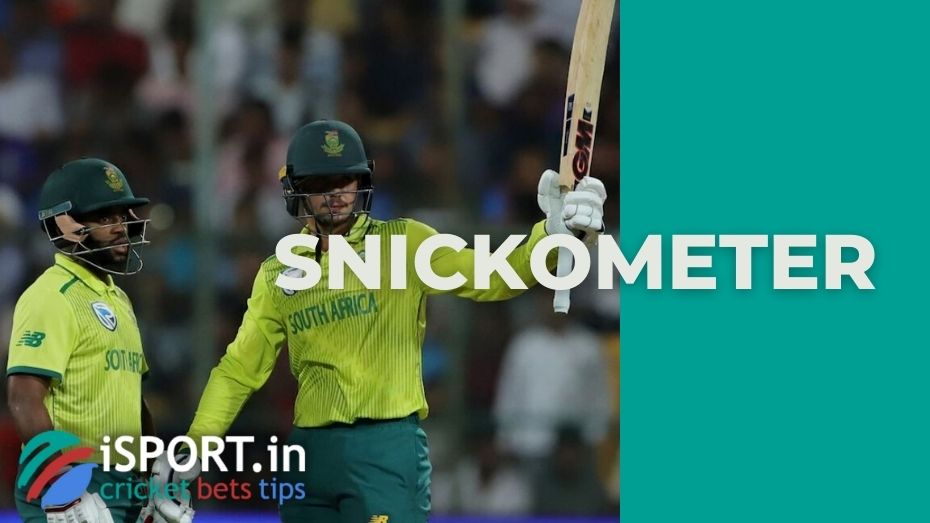Snickometer

The snickometer, better known as snicko, is software used for broadcasting cricket matches with graphical audio and video analysis. It looks like a small menu displayed as a device that measures sound vibrations, small noises or click as soon as the ball hits/misses the bat.
The device’s creator is considered to be the English computer scientist Allan Plaskett, who proposed using this system to assess the force of an impact. For the first time, the snicko was presented in 1999 by the British television channel Channel 4, which subsequently showed the world Hawk-Eye and Red Zone.
The snickometer is used to replay an ambiguous moment in slow motion to determine whether the wicket-keeper touched the ball. As in other sports, commentators use this type of video to assess the micro-moments of the match. In addition, referees often refer to the recorded sound waves created by the ball as it passes or hits the bat.
As already mentioned, the snickometer works quite simply. The graph on the right usually shows how the sound will resonate, while the left one can determine if the ball will hit the bat. If the snicko has detected more than one sound, it means that the ball may have fallen to the ground. Thanks to the slow-motion video, you can estimate which part of the bat the ball hit. Through sound processing, the judge can also decide whose score he rightfully belongs to.
The head judge has the final decision in controversial moments. Therefore, the referee bears full responsibility for his judgments when watching a replay.
Our team always prepares interesting and informative articles about cricket and gambling for example Nomini promo code for you. Follow this sport on our website!
